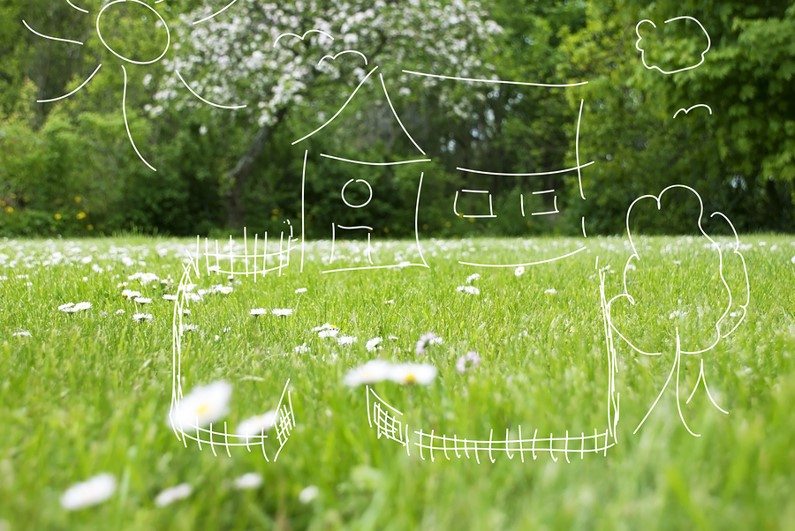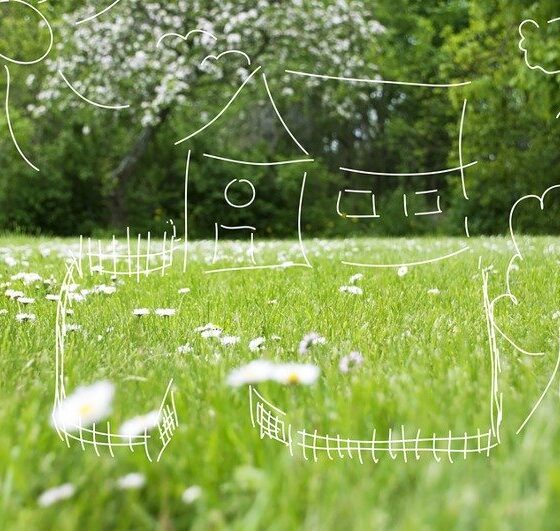

Environment
6 Green Home Trends Happening in 2016
Many trends have come and gone in the housing sector. In the seventies, wood paneling on the walls was all the rage. In the eighties, everyone covered their toilets with fabric. Fluctuating design trends come with the territory in home building and design. However, there’s one 2016 real estate trend that isn’t likely to disappear anytime soon, and that’s green living. If you’re looking to jump on board with some of the hottest green construction trends this year, then consider the following.
Smart Home Automation
Thanks to the energy efficiency and convenience of smart home automation, home builders love smart home technology. The power to sync an entire home system to a computer gives the homeowner the option to turn off the lights after they leave, set lights on a timer, turn down the heating or cooling system while out of the house, and more. Energy can be saved exponentially through the use of these smart home innovations.
Passive Home Construction
The proliferation of the green movement has taught today’s home builders that passive construction is the cleanest and most environmentally friendly way to build. The Passive House Institute has developed a set of guidelines to turn otherwise careless construction acts into environmentally conscious decisions. Things like the kinds of materials you use, how you dispose of them, and the way you treat the grounds all follow this green approach.
Economically Run Homes
Fortunately, following green home trends typically means saving money in the process. Home care consequently becomes more affordable. Those who run their homes with economics in mind seek to turn off lights when not in use, turn the heat down lower, recycle, and perform other actions that are good for the environment.
CFL and LED Lighting
A traditional 60-watt incandescent bulb uses most of the energy it collects for heat, not for light. For that reason, it wastes more energy than necessary. CFL and LED light bulbs use between 25 and 80 percent less energy, which saves you money. Besides that, they last 3-25 times longer.
Smaller Homes
It’s no secret that large houses and apartments cost more. They typically use more energy than necessary and leave a larger carbon footprint. Homebuyers are taking note and beginning to choose smaller houses or apartments. Part of this trend may have to do with location. As people begin to move closer to the inner city, they settle for smaller living spaces and the associated lower costs.
Bamboo Materials
One of the most popular types of plywood is called plyboo, and it’s made from strips of bamboo, which grows much faster than trees so it’s more rapidly renewable. It’s a beautiful, but soft wood, so you likely won’t see it used in the structure of homes, but rather in cabinetry, wallboard, furniture, and flooring. As the world becomes greener, rapidly renewable resources like this will continue to rise in popularity.


 Environment10 months ago
Environment10 months agoAre Polymer Banknotes: an Eco-Friendly Trend or a Groundswell?

 Environment11 months ago
Environment11 months agoEco-Friendly Home Improvements: Top 7 Upgrades for 2025

 Features9 months ago
Features9 months agoEco-Friendly Cryptocurrencies: Sustainable Investment Choices

 Features10 months ago
Features10 months agoEco-Friendly Crypto Traders Must Find the Right Exchange


















